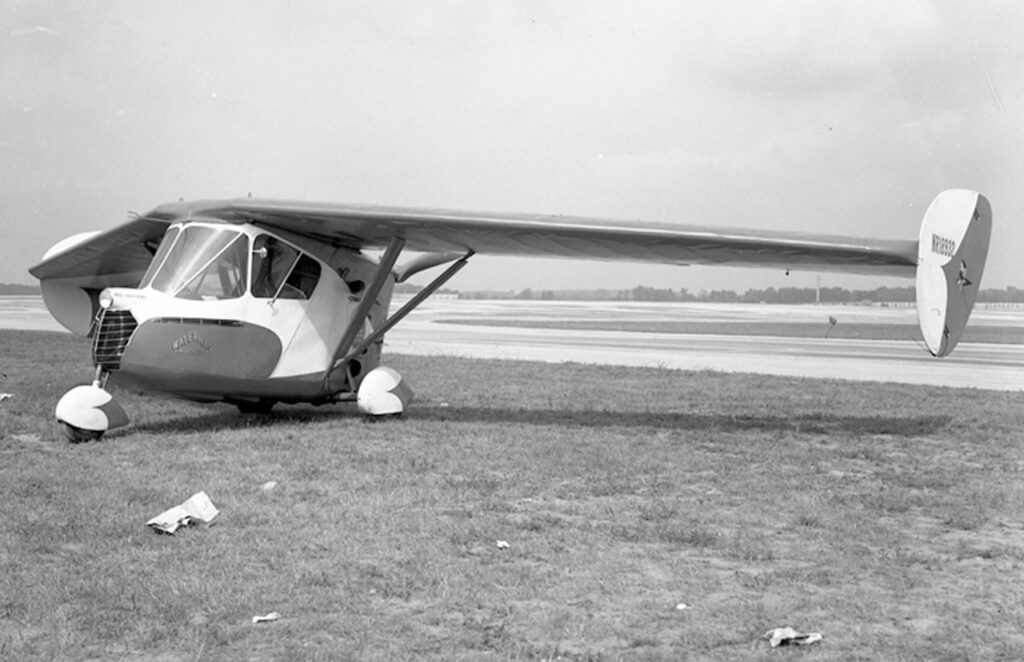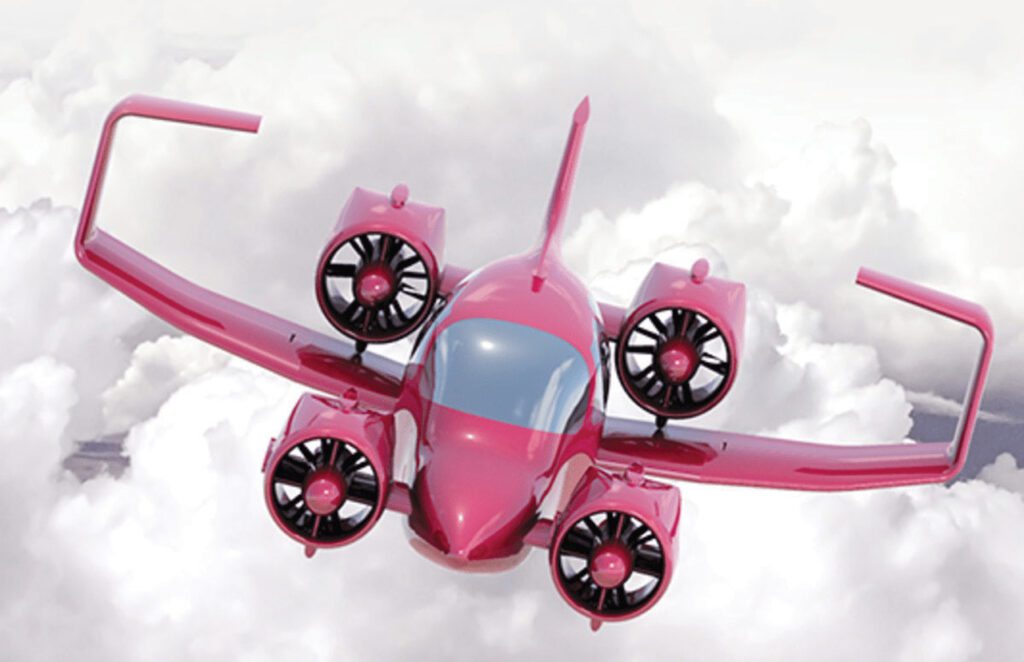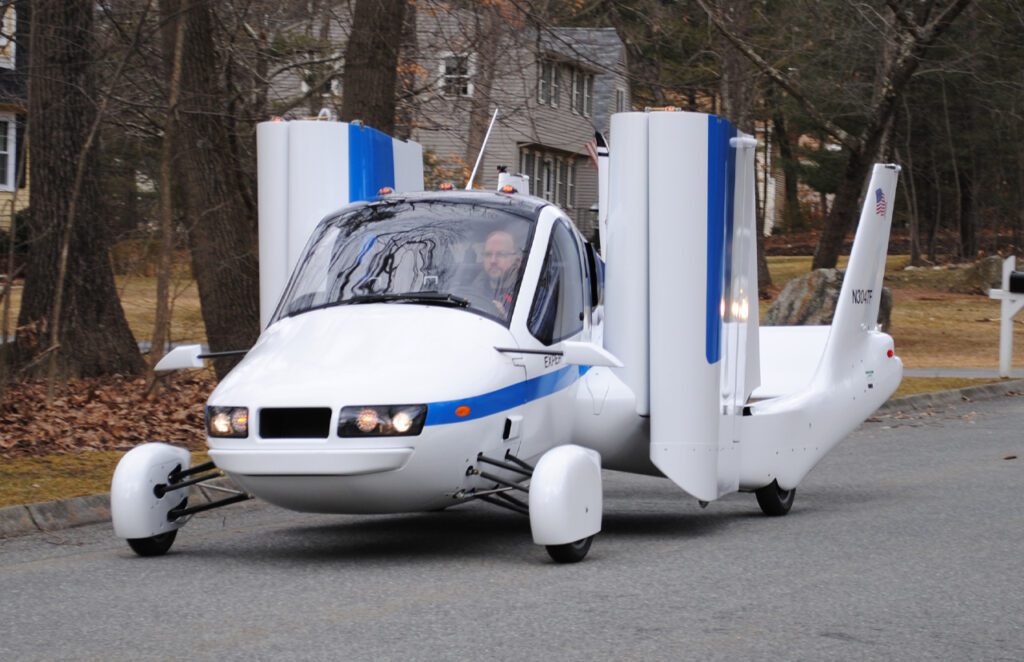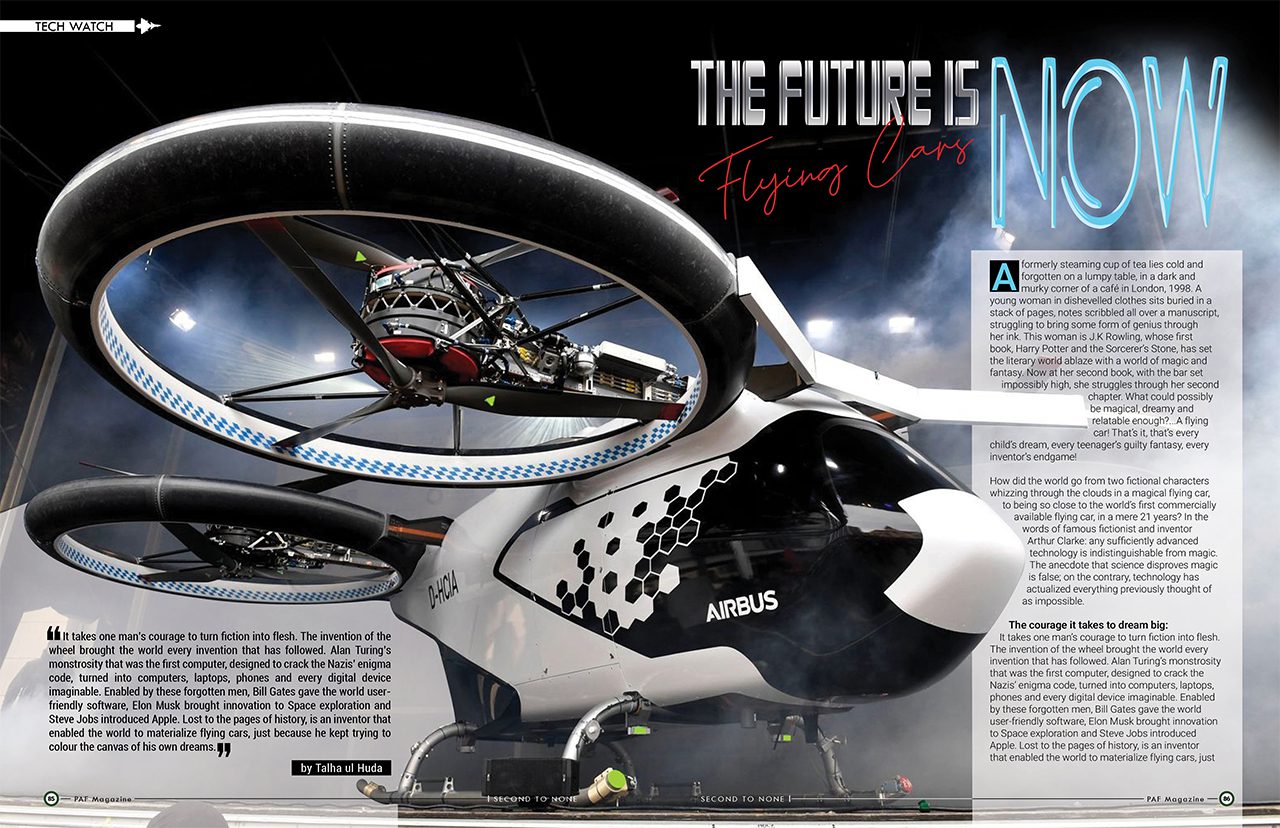It takes one man’s courage to turn fiction into flesh. The invention of the wheel brought the world every invention that has followed. Alan Turing’s monstrosity that was the first computer, designed to crack the Nazis’ enigma code, turned into computers, laptops, phones and every digital device imaginable. Enabled by these forgotten men, Bill Gates gave the world user-friendly software, Elon Musk brought innovation to Space exploration and Steve Jobs introduced Apple. Lost to the pages of history, is an inventor that enabled the world to materialize flying cars, just because he kept trying to colour the canvas of his own dreams.
Aformerly steaming cup of tea lies cold and forgotten on a lumpy table, in a dark and murky corner of a café in London, 1998. A young woman in dishevelled clothes sits buried in a stack of pages, notes scribbled all over a manuscript, struggling to bring some form of genius through her ink. This woman is J.K Rowling, whose first book, Harry Potter and the Sorcerer’s Stone, has set the literary world ablaze with a world of magic and fantasy. Now at her second book, with the bar set impossibly high, she struggles through her second chapter. What could possibly be magical, dreamy and relatable enough?…A flying car! That’s it, that’s every child’s dream, every teenager’s guilty fantasy, every inventor’s endgame!
How did the world go from two fictional characters whizzing through the clouds in a magical flying car, to being so close to the world’s first commercially available flying car, in a mere 21 years? In the words of famous fictionist and inventor Arthur Clarke: any sufficiently advanced technology is indistinguishable from magic. The anecdote that science disproves magic is false; on the contrary, technology has actualized everything previously thought of as impossible.
The courage it takes to dream big:
It takes one man’s courage to turn fiction into flesh. The invention of the wheel brought the world every invention that has followed. Alan Turing’s monstrosity that was the first computer, designed to crack the Nazis’ enigma code, turned into computers, laptops, phones and every digital device imaginable. Enabled by these forgotten men, Bill Gates gave the world user-friendly software, Elon Musk brought innovation to Space exploration and Steve Jobs introduced Apple. Lost to the pages of history, is an inventor that enabled the world to materialize flying cars, just because he kept trying to color the canvass of his own dreams.
Curtis Glenn: The first step on the aero car planet
In 1917, Glenn Curtis, American Aviation Mogul yet little known for his concept of the first flying car, designed the Curtiss Autoplane, recognized as the first Automobile capable of achieving flight. The Autoplane was a triplane, using the wings from a Curtiss Model L trainer, with a small fore-plane mounted on the aircraft’s nose. The Autoplane’s aluminum body matched that of a Model T and had three seats in an enclosed cabin, with the pilot/chauffeur sitting in the front seat and the two passenger side-by side. Using a four-blade pusher propeller, and a twin-boom tail, the plane boasted a 100 horsepower (75 kW) Curtiss OXX engine which drove the propeller via shaft and belts. The aircraft had a four-wheel undercarriage, with the front two wheels being steerable. The wings and tail could be detached for use as an automobile. Although it never achieved full flight, the fact that it hopped up in the air gave mankind the push that it needed to keep the dream alive. Curtis’s futile efforts at the time, shifted the absurdity of a flying car to a possibility.
Over the 20th Century, the industrial revolution morphed into the tech renaissance, with cars becoming faster and sleeker and planes flying higher; and the amphibian of both, the flying car, quietly and gradually rose to a realistic shape.

In 1930, Waldo Waterman introduced the Arrowbile, a tailless, two-seat, single-engine, pusher configuration roadable aircraft. An Arrowbile or Aerobile was able to achieve full flight, but the design wasn’t popular.
When George Jetson first flew across American TV screens in his flying car-like vehicle in 1962, many of us began wondering when we could buy our own Supersonic Suburbanite or Spacion Wagon. Amazingly, that day may be around the corner. After a century of unfulfilled promises, flying cars may fill the skies in the next few decades. There are still some obstacles to overcome, including receiving approval from the FAA (Since most of the development is being conducted in the US), but the cars are close to being finished.
There is no lack of engineers taking on the challenge to design a new breed of flying cars. While sleeker, more advanced cars have been developed in the last decade, no one has come close to opening up a flying car dealership. While the process might be tedious and imperfect till date, here are a few bold individuals attempting to deliver a flying car to the world.
Attempts to live the dream through history:
Paul Moller is a shining example of human consistency and the inability to give up. He has spent more than 50 years and millions of dollars developing his Skycar. His company was later morphed into a UAV development forum called the “Aerobot”. Mr Moller claims that he is now very close to developing the first mass-marketed flying car. In 1965, he demonstrated his first attempt, the XM-2, which hovered off the ground but didn’t go anywhere. In 1989, Moller unveiled the M200X, which has now flown 200 flights and can go as high as 50 feet (15.24 meters). Moller’s latest design, the Skycar M400, is designed to take off and land vertically, like a Harrier Jet, in small spaces. It can reach speeds of 400 mph (644 kph), but will cruise at around 350 mph (563 kph), and it has a range of 900 miles (1449 km). Gasoline, diesel, alcohol, kerosene and propane can be used to fuel the Skycar, and its fuel mileage will be comparable to that of a medium-sized car, getting 20 miles (32.2 km) to the gallon. The initial cost of a Skycar will be about $1 million, but once it begins to be mass produced that price could come down to as low as $60,000.
The four-seat Skycar is powered by eight rotary engines that are housed inside four metal housings, called nacelles, on the side of the vehicle. There are two engines in each nacelle so that if one of the engines in one of the nacelle fails, the other engine can sustain flight. The engines lift the craft with 720 horsepower, and then thrust the craft forward. The Wankel engine replaces pistons of a conventional engine with a single triangular rotor spinning inside an oval-shaped chamber, which creates compression and expansion as the rotor turns. There are three combustion chambers in the Wankel, with a crankshaft between them.
To make the Skycar safe and available to the general public, it will be completely controlled by computers using (GPS) satellites, which Moller calls a fly-by-wire system. In case of an accident, the vehicle will release a parachute and airbags, internally and externally, to cushion the impact of the crash.

MACRO Industries in Huntsville, Alaska is another consistent player in the game, in the process of developing a flying car that it’s coined the SkyRider X2R. This aero car will be able to take off and land vertically. SkyRider incorporates the interior design of a 2-seat sports car with the mobility of a helicopter or airplane. The company has released a statement that it is also developing 5 and 7-seat models of the SkyRider, and it should fit in most two-car garages. The navigation system will be controlled almost entirely by GPS satellites and cellular services. MACRO Industries’ SkyRider X2R will also use this fly-by-wire system to safely transport passengers to their desired destinations. Drivers will simply get in, turn on the power and enter the address or phone number of their destination. SkyRider will do the rest. MACRO said that the system will be almost fully automatic, but may allow some manual control. Commands will be entered just by telling the car what you want it to do.
In 1990, Kenneth Wernicke formed Sky Technologies to develop a small-winged flying car. His Aircar has flown at 200 to 400 mph (322 to 644 kph) and driven at 65 mph (105 kph). It’s also small enough to fit into an average parking space.
Branko Sarh, a senior engineer at McDonnell Douglas Aerospace, attempted to develop a flying car, called the Sokol A400. Sarh designed a 4-passenger vehicle that would pop out telescoping wings at the push of a button. The Skycar will be operated completely by computer and guided by GPS satellites.
Consistently yours, Terrafugia
Imagine packing a few bags, get in your car and FLY anywhere from your own curb? The folks behind the start-up “Terrafugia” had hoped to make those fantasies come true by 2009 or 2010. A decade later, the Chinese company is still working tirelessly to perfect their technology, one step closer every passing day to a different world.

The Terrafugia team is currently working on a personal air vehicle (known as the “Transition”) that pretty much looks like an SUV with retractable wings. The Transition won’t be able to whisk you off on a non-stop flight to any destination, but you will be able to get as far as 500 miles in one “jump.” And, amazingly, the designers hope it will do it on a single tank of premium unleaded gas. Oh, and don’t worry about having to rent a car once you reach your getaway — as hinted at in its name, the Transition gets decent mileage on the road, too! (Planned vehicle specs: In flight, the Transition will fly up to 120 miles per hour and get 30 mpg. On the highway, it will get 40 mpg and around town, it will get 30 mpg.) A full-size prototype is planned, but for now the designers are working with a one-fifth scale model in the wind tunnel and relying on computer simulations for development.
Are we prepared?
The mass availability of flying cars is an exciting yet frightening prospect. For a number of logic-induced reasons, It would push the world into an era of dangerous fuselage-living: catastrophic number of accidents and experimental flying, counterfeit aircrafts, faulty parts, unskilled piloting, illegal commute, criminal activities, unequal distribution of resources, haywire law and order; we could go on and on. On the silver lining in this dark cloud, commercially available flying cars would also make global commute more accessible. Accidents and mishaps foretold, having the canvass of our skies painted with aero-cars would be another huge stepping stone for mankind, perhaps even as significant as the wheel or the computer. Here’s to hoping that some engineer, somewhere in the world, makes a breakthrough soon and renders the world airborne.








